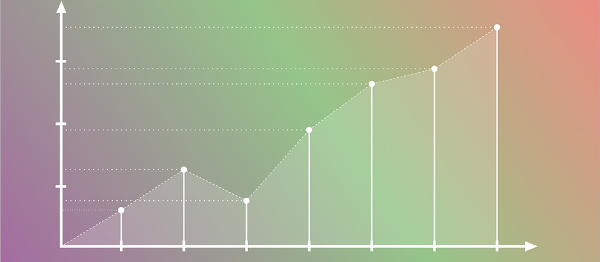Visualizing Changes to US federal Environmental Agency Websites, 2016-2020
Archived as published.
Abstract
Websites have become the primary means by which the US federal government communicates about its operations and presents information for public consumption. However, the alteration or removal of critical information from these sites is often entirely legal and done without the public's awareness. Relative to paper records, websites enable governments to shape public understanding in quick, scalable, and permissible ways. During the Trump administration, website changes indicative of climate denial prompted civil society organizations to develop tools for tracking online government information sources. We in the Environmental Data & Governance Initiative (EDGI) illustrate how five data visualization techniques can be used to document and analyze changes to government websites. We examine a large sample of websites of US federal environmental agencies and show that between 2016 and 2020: 1) the use of the term “climate change” decreased by an estimated 38%; 2) access to as much as 20% of the Environmental Protection Agency's website was removed; 3) changes were made more to Cabinet agencies' websites and to highly visible pages. In formulating ways to visualize and assess the alteration of websites, our study lays important groundwork for both systematically tracking changes and holding officials more accountable for their web practices. Our techniques enable researchers and watchdog groups alike to operate at the scale necessary to understand the breadth of impact an administration can have on the online face of government.


